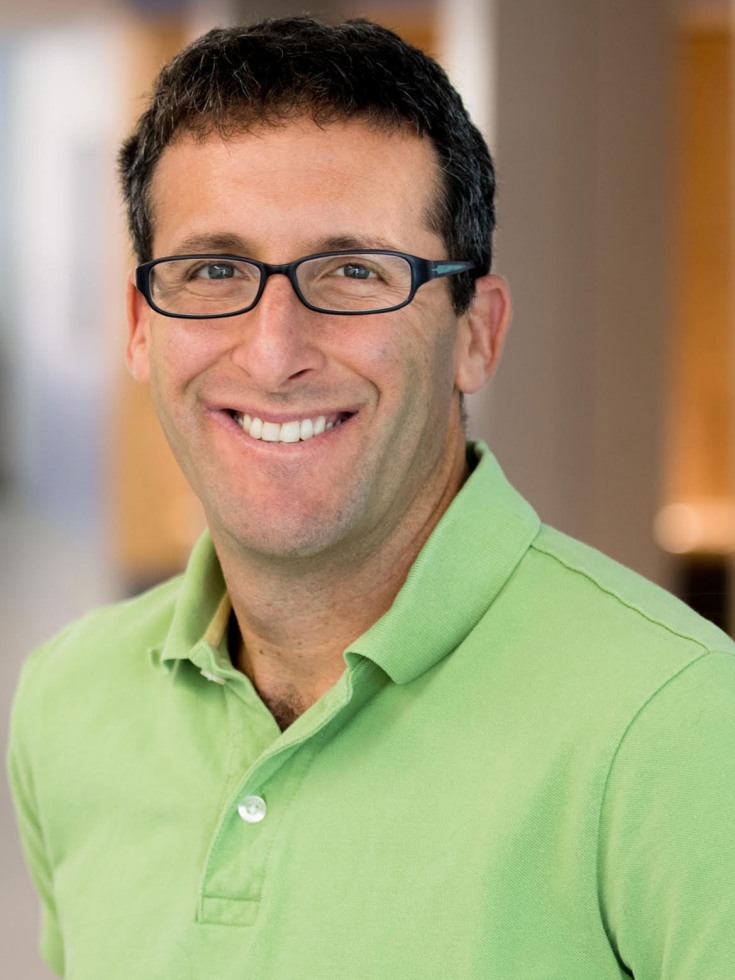PROVIDENCE, R.I. [Brown University] — As part of its pledge to reduce campus greenhouse gas emissions to net-zero by 2040, Brown University is exploring the feasibility of using geothermal energy as the primary source of heat for its buildings in Providence’s College Hill and Jewelry District neighborhoods.
Over the past month, construction crews working with Brown’s Office of Sustainability and Resiliency and Division of Facilities Management drilled about 1,000 feet into the ground at three different sites to install test-wells that will help determine the viability of using geothermal heating and cooling across campus.
The effort marks the deepest holes ever drilled on campus and will show how many wells — and to what depth — Brown would need to drill to move away from fossil fuel combustion to a highly efficient geothermal system, which would work by extracting heat from the Earth in the winter and pumping waste heat from air conditioning back into it during the summer. The system, in combination with other efficiency measures, would help the University meet decarbonization goals outlined in its strategic plan for sustainability.
“The bottom line is that we need to find a way to heat our campus that doesn't rely on the combustion of fossil gas,” said Stephen Porder, associate provost for sustainability. “The big picture idea here is that rather than creating heat by burning something, we want to move it from one place to another and have an ability to concentrate it where we want it. Geothermal provides great potential to both get heat and store heat, so we started drilling to find out how well this would work, how many wells it would take and how much it will cost.”
The University chose three campus locations as sites for test-wells and drilled boreholes at each in September and October. The test-wells are located in a Lloyd Avenue parking lot near Brown’s athletics complex, a Prince Laboratory parking lot near Brook Street, and on the site of Brown’s future integrated life sciences building in the Jewelry District. The boreholes are about 6.5 inches in diameter with the deepest reaching about 1,000 feet and the shallowest going down about 860 feet.
